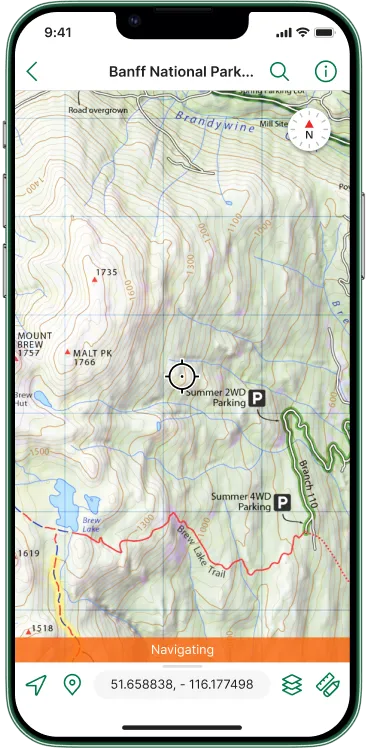Today, a magnetic compass is viewed by many as the most rudimentary device for orientation. In a world with GPS so readily accessible by smartphones and dedicated devices, many have all but forgotten the compass. Gone, all but forgotten, in the same bin as the sextant and astronomical charts. However, this little device was the epitome of wayfinding technology for hundreds of years. Here we will look at the history of the compass and it’s importance in shaping the world that we now live.

Compasses work using a magnetized needle that points towards Earth’s magnetic pole in the north. Earth is encircled by a magnetic field which is created by movement of molten metals within its crust. This process is called a geodynamo and is somewhat of a lengthy subject for this article. Currently the magnetic poles are roughly 11 degrees from the rotational axis of earth, meaning that the magnetic north pole is close to 11 degrees South and East of the true north pole. Somewhat counterintuitively, as opposites attract in the case of magnetism, the magnetic south pole is oriented in the geographical north. This means that the north end of our magnetic compass points towards the southern magnetic pole, which happens to be the direction we call geographical north.

Our modern idea of a compass is a masterpiece compared to the first models. As early as the fifth century, magnetism was recorded in the guise of the lodestone. Lodestone; iron oxide, is a gray stone that can be found above ground. It attracts iron, and can also magnetize iron. This simple gray stone was the basis for the first compasses. In the 12th century an English monk recorded the use of a lodestone being used to charge a needle as an aide to navigation when the sun was not visible and the skies were dark. This simple device was an iron needle, charged with a lodestone, stuck through a piece of straw then floated on a bowl of water. This needle would eventually settle pointing North, giving the seafarers a direction to sail their ship by.

This same general idea was developed and improved throughout Europe and Asia until it began to replace celestial observations as an easier and more accurate way to navigate. Navigators still relied on celestial measurements to place their latitude, but relied heavily on their compass readings and other observations to keep track of their position. This type of navigation is called dead reckoning. Taking into account the distance and direction of travel, a navigator can keep pretty good track of their location. On a ship this means keeping track of the direction of travel, but also the effect of wind variations, waves, currents, and the passage of time. Compasses made the process more simple by easily and accurately keeping a direction of travel.

As time progressed so did our technology. We developed more accurate instruments for making celestial observations and keeping track of time. We improved our understanding of celestial bodies and created entire almanacs dedicated to navigation via celestial observations. We spent countless amounts of time and resources taking soundings and surveys of land and sea. We developed systems based on radio signals to help pinpoint our location. We made it easier to navigate without having to take difficult astronomical measurements. Throughout it all, we still relied on the magnetic compass to keep us oriented.

Fast forward to today; the smart phone in your pocket hosts sophisticated navigation equipment and software. It can tap into a whole network of global positioning satellites on demand. We have accurate maps, charts, and imagery to point us nearly anywhere on the planet with relative ease. So where now does that magnetic compass fit?

Well, quite honestly, when compared to handheld equipment that can pinpoint your exact location within a few feet, the magnetic compass doesn’t seem very important. However, when batteries and equipment fail, when we can’t reach a connection to the GPS network, we fall back on the now century old compass.
If you’re interested in learning more about how to use a magnetic compass for navigation, please take a look at our upcoming events for a Land Navigation and Orienteering course.
